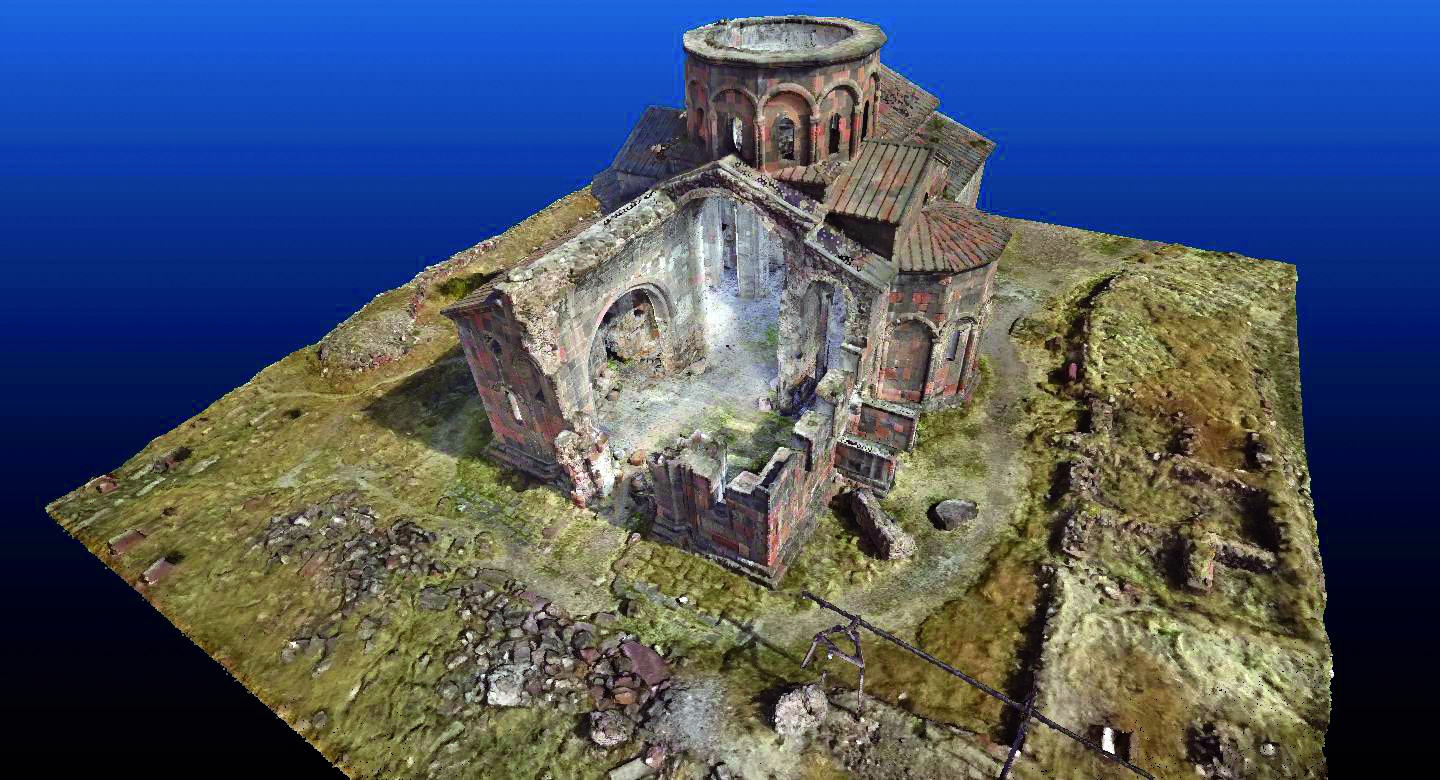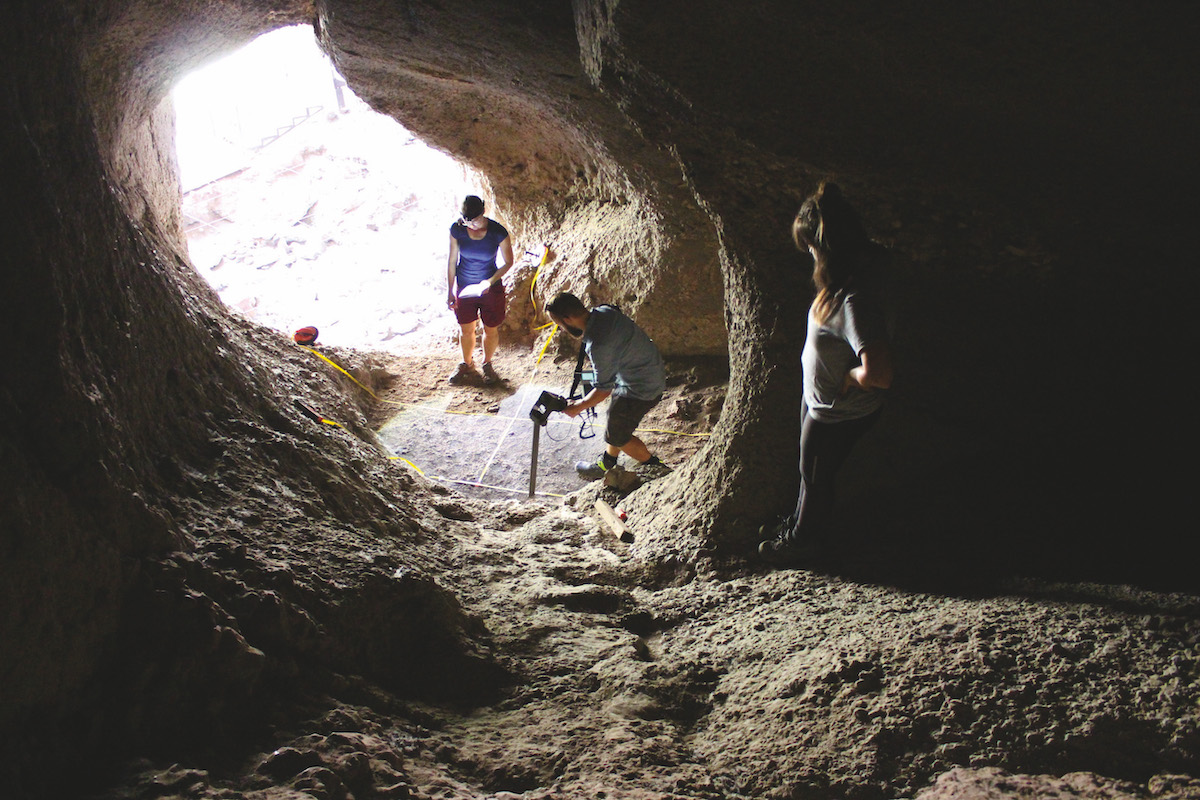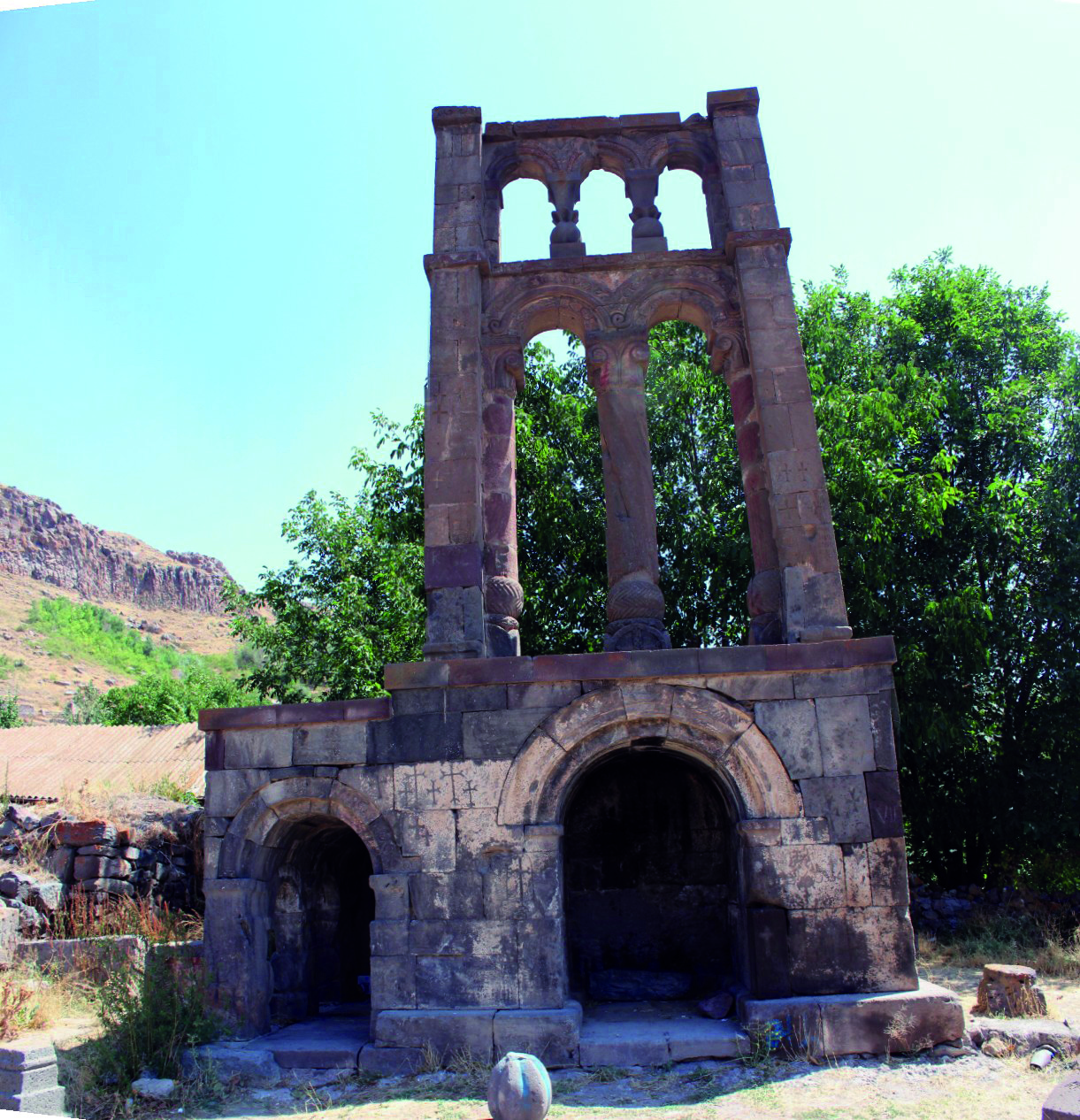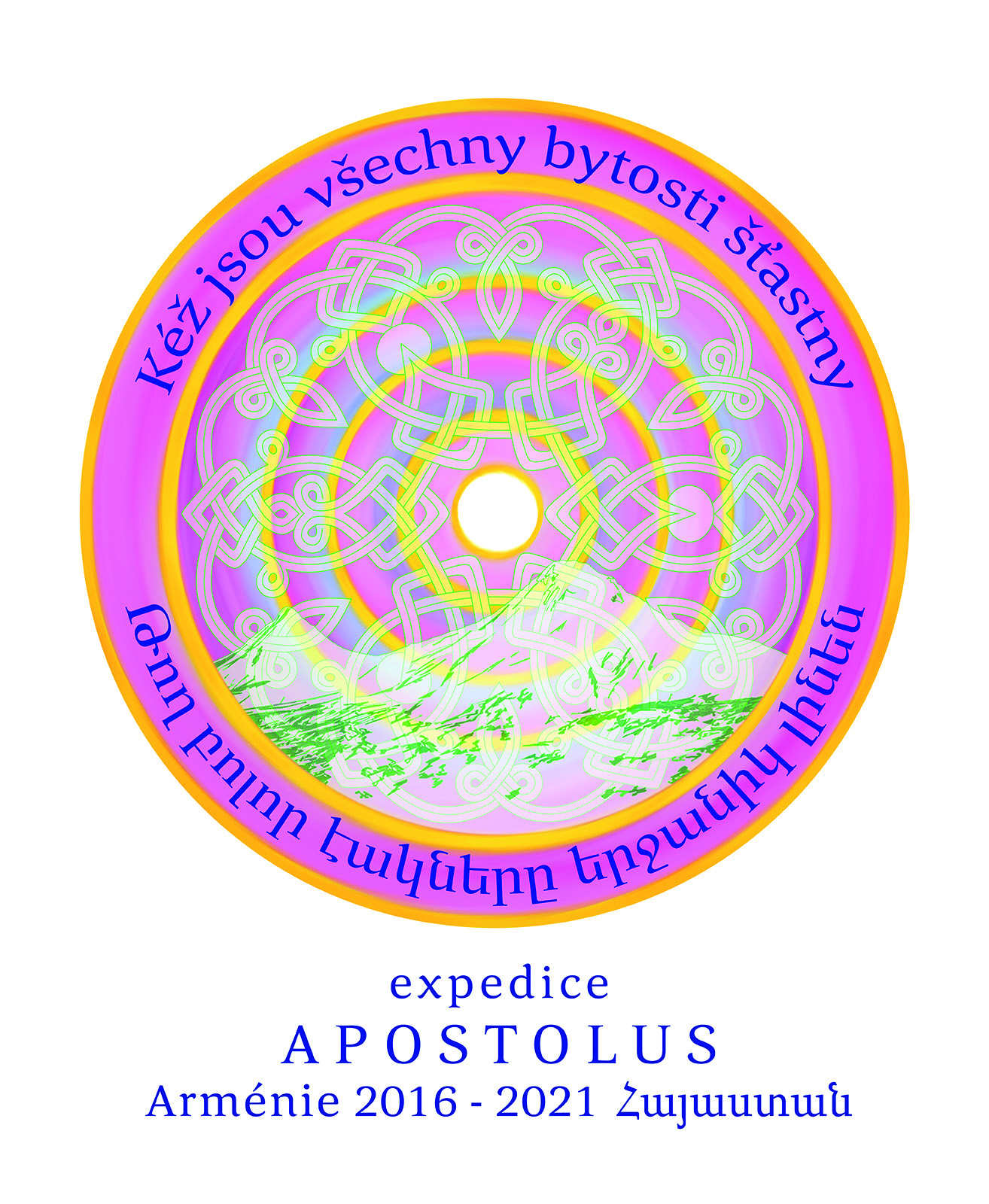Text: PhDr. Jan Frolík, CSc. and Martina Hošková; Photo: Archive

How Apostolus became Hayastan
In 2016, a cooperation project was launched between the Institute of Archaeology of the Academy of Sciences of the Czech Republic, Prague, and the Institute of Archaeology and Ethnography of the National Academy of Sciences of the Republic of Armenia in Yerevan. This project focused on a non- destructive exploration of archaeological sites, with the aim of determining their potential for archaeological research, as well as constituting a basis for monument protection. The project, under the name “Apostolus”, continued until 2019, when, under its new name, “Hayastan”, it was transferred to the Institute of Historical Sciences of the Faculty of Arts at the University of Pardubice. It was then expanded to include detailed 3D documentation, not only of archaeological sites, but also of early medieval architectural monuments, and from 2021 was further expanded to include archaeological research of selected sites.

3D documentation continues
3D documentation captures specific monuments in detail, as a basis for their possible study without the need to visit them. Above all, however, it is a record of their current state. It is a way of protecting them for the future, as it allows to compare (and possibly correct) their changed state. A concrete example of a non-destructive exploration of a site is the Ghanjyan Blur site in Armavir province. The stone structures are visible on the surface, dating from the Middle Ages (the remains of buildings) and prehistoric times (what might be graves). The geophysical survey found parts of prehistoric rectangular stone structures at a depth of about one meter.
An example of 3D documentation can be a mysterious stone monument in the village of Aghitu (at the Vayots Dzor province), dating back to the 6th century BC (the Urartu Empire period). The monument probably served religious purposes. In addition to architectural monuments (the 7th century cathedral of St. Gregory the Illuminator in Tallinn / Armavir province, or the church of the same saint in Aruch, also from the 7th century), the world-famous Areni-1 cave was documented.
A detailed documentation of the findings of skulls, buried in containers in the cave during the Chalcolithic period (about 4200 BC), allowed us to reconstruct their faces, and thus give us a glimpse into the faces of the then inhabitants of Armenia.

The Areni-1 cave is also famous for being the oldest evidence of wine production in the world. The still unanswered question is where the inhabitants of that time lived, and where, in particular, they cultivated vines. Two sites were identified in the immediate vicinity, both in the adjacent valley of the Gnishik stream, which flows from the famous Noravank monastery. Archaeological research was started at both sites in 2021. A settlement from the Middle Ages has been confirmed, but beneath it lies a prehistoric layer whose date has not yet been determined. Archaeological research will continue at both sites, as will the joint project of the University of Pardubice and the Institute of Archeology and Ethnography in Yerevan.

PhDr. Jan Frolík, CSc. is a recognized expert in the archaeology of the Middle Ages, which he has professionally devoted himself to throughout his career. He works at the Institute of Archaeological Conservation of Central Bohemia, as well as the Institute of Archaeology of the Czech Academy of Sciences, Prague.
For many years, he directed the excavations of Prague Castle.

